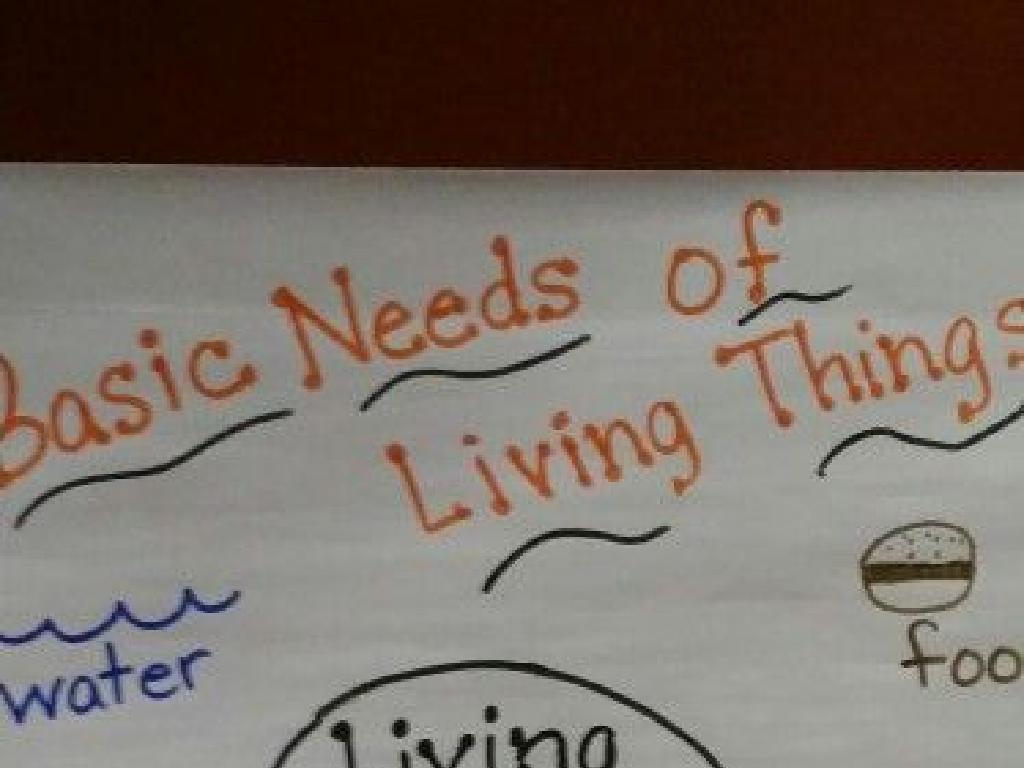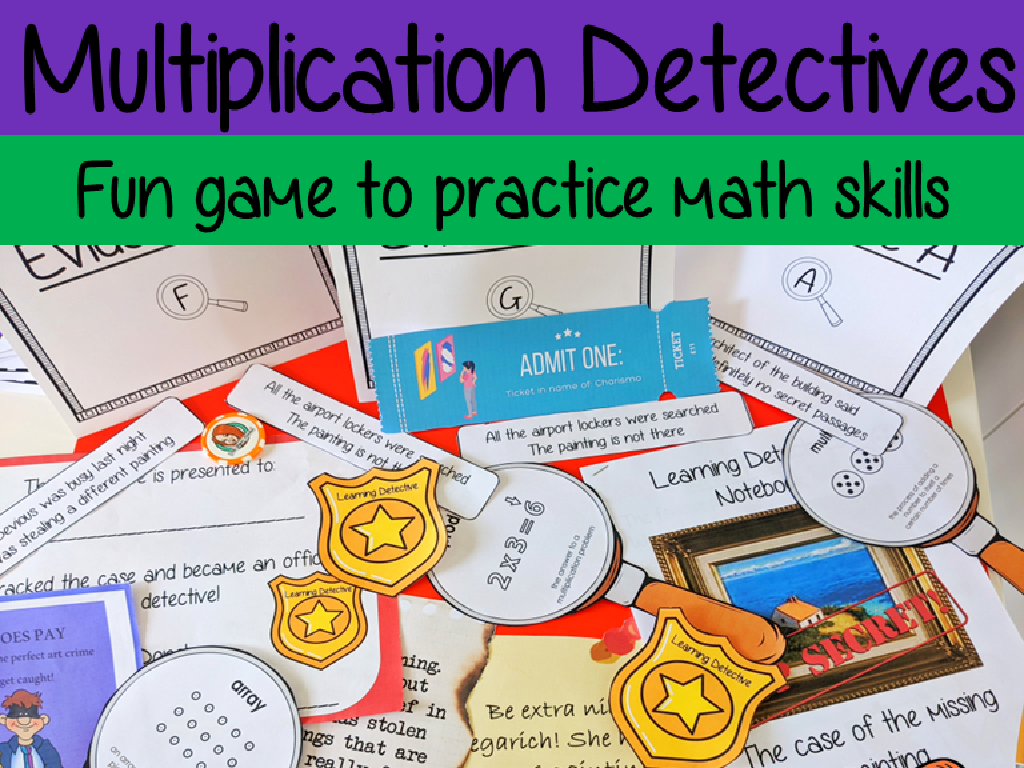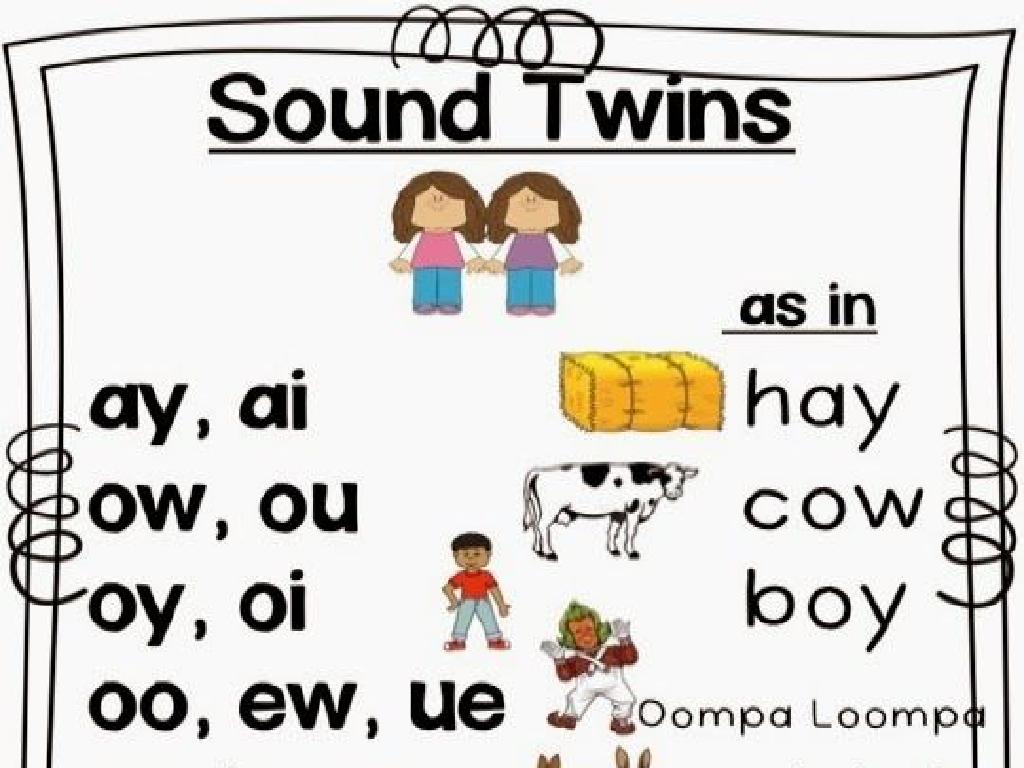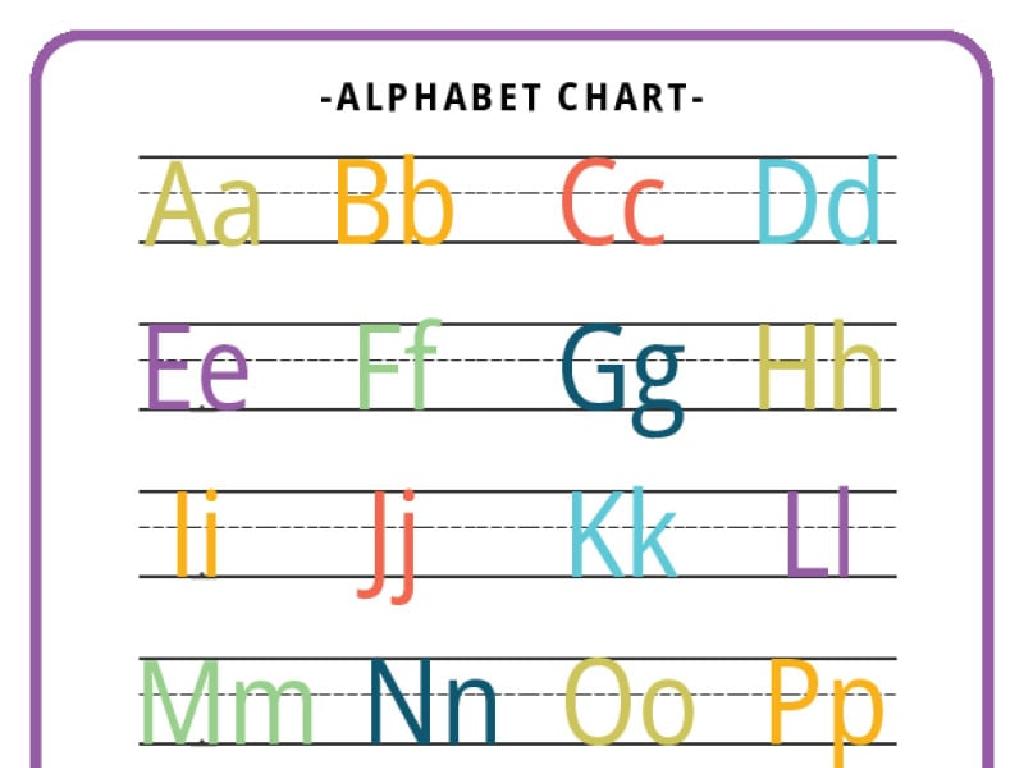Energy Transformation
Subject: Science
Grade: Fourth grade
Topic: Energy Transformation
Please LOG IN to download the presentation. Access is available to registered users only.
View More Content
Welcome to Energy Transformation!
– What is energy?
– Energy is the ability to do work or cause change.
– Types of energy: Potential & Kinetic
– Potential energy is stored energy. Kinetic energy is energy of motion.
– Exploring energy changes
– Energy can change from one form to another, like a roller coaster going down.
– Importance of energy transformation
– Understanding energy transformation helps us learn how things work.
|
Begin the lesson by explaining the concept of energy as the ability to do work or cause change, which is fundamental to all activities and processes. Introduce potential energy as stored energy, such as a ball at the top of a hill, and kinetic energy as the energy of motion, such as the ball rolling down the hill. Highlight how energy can change from one form to another with real-life examples, like a roller coaster converting potential energy into kinetic energy as it descends. Emphasize the importance of understanding energy transformation in everyday life, from powering our homes to the functioning of ecosystems. Encourage students to think of examples where they observe energy changing forms.
What is Energy?
– Energy: ability to do work
– Like lifting a book or lighting a bulb
– Energy can be stored or moving
– Stored in food, batteries; moving as wind, flowing water
– Everyday examples of energy
– Sunlight warming the Earth, cars moving, food providing energy for play
|
Begin the lesson by explaining that energy is what allows us to do everything from moving objects to turning on lights. It’s a concept that can be a bit abstract for fourth graders, so use tangible examples like lifting a book or a bulb lighting up to illustrate the point. Discuss the difference between stored energy (potential energy) and moving energy (kinetic energy), using relatable examples such as food energy or batteries for stored energy, and wind or flowing water for moving energy. Provide everyday examples that the students can relate to, like sunlight warming the Earth, cars moving on the road, or how the food they eat gives them the energy to play. This will help them understand the concept of energy in a context that is familiar to them.
Types of Energy: Potential vs. Kinetic
– Potential Energy: Stored energy
– Like a coiled spring or charged battery
– Kinetic Energy: Energy in motion
– Like a rolling ball or running child
– Example: Stretched rubber band
– Potential energy ready to snap back
– Example: Moving car
– Kinetic energy as it zooms forward
|
This slide introduces students to the basic concepts of potential and kinetic energy. Potential energy is stored energy that has the potential to do work, such as a stretched rubber band or a fruit hanging from a tree. Kinetic energy is the energy of motion, observable in objects like a moving car or a flying baseball. Use everyday examples to help students relate to these concepts. Ask them to think of other examples of potential and kinetic energy they encounter in their daily lives. This will help solidify their understanding of energy transformation as they observe the world around them.
Energy Can Change Forms
– Energy can transform
– What is Energy Transformation?
– It’s when energy changes from one type to another
– Example: Toasting Bread
– A toaster turns electricity into heat to toast bread
– Energy transformation is everywhere
|
This slide introduces the concept of energy transformation to fourth-grade students. Begin by explaining that energy is not always static and can change from one form to another. This process is known as energy transformation. Use the example of a toaster, which is a relatable household item for students, to illustrate how electrical energy is converted into thermal energy to toast bread. Emphasize that this is just one example of energy transformation, and such changes occur in many everyday situations. Encourage students to think of other examples where they have observed energy changing its form, such as a lamp (electrical to light energy) or a car engine (chemical to mechanical energy).
Exploring Energy Transformations
– Everyday examples of energy change
– Flashlight: Chemical to Light/Heat
– A flashlight’s batteries store chemical energy that turns into light and heat when used.
– Plant growth: Light to Chemical
– Plants absorb sunlight and convert it into chemical energy for growth.
– Understanding energy in our world
|
This slide aims to help students understand the concept of energy transformation through relatable examples. Begin by discussing the idea that energy can change from one form to another. Use a flashlight as an example to explain how stored chemical energy in batteries is transformed into light and heat energy. Then, describe how plants undergo photosynthesis, where they convert light energy from the sun into chemical energy to grow. Encourage students to think of other examples where they have observed energy changing forms in their daily lives. This will help solidify their understanding of energy transformation and its importance in various processes around them.
The Law of Conservation of Energy
– Energy: Neither created nor destroyed
– Energy transforms from one form to another
– Example: Electrical energy to light in a bulb
– Energy in closed systems is constant
– Conservation law in everyday life
– Like a roller coaster’s potential and kinetic energy
|
This slide introduces the fundamental concept of the Law of Conservation of Energy, which states that energy cannot be created or destroyed, only transformed. Emphasize that in any process, the total energy remains unchanged, especially within a closed system. Provide everyday examples to illustrate the concept, such as how a light bulb transforms electrical energy into light and heat, or how a roller coaster converts potential energy to kinetic energy and back. Encourage students to think of other examples where they observe energy transformation in their daily lives. This will help them relate the abstract concept to tangible experiences.
Hands-On Activity: Energy Transformation in Action
– Create a simple energy experiment
– Gather rubber bands, paper clips, paper
– Build a paper clip catapult
– Use materials to make a catapult that launches paper
– Observe potential to kinetic energy
– Watch as stored energy (potential) becomes motion (kinetic)
|
This slide introduces a hands-on activity where students will create a paper clip catapult to observe energy transformation firsthand. The activity is designed to demonstrate how potential energy (energy that is stored and ready to be used) can be transformed into kinetic energy (energy of motion). Before the class, gather enough materials for each student or group. During the activity, guide the students through the construction of their catapults, ensuring they understand how the stretching of the rubber band stores potential energy. When they release the catapult, the potential energy is converted into kinetic energy, propelling the paper forward. Encourage students to experiment with different levels of potential energy by stretching the rubber bands more or less and observing the effect on the distance the paper travels. This will help solidify their understanding of energy transformation.
Class Discussion: Observations on Energy Transformation
– Share activity observations
– What changes did you notice during our experiment?
– Discuss other energy examples
– Can you think of everyday items that change energy forms?
– Understand energy importance
– Why does knowing about energy changes matter?
– Reflect on energy’s role
|
This slide is meant to facilitate a class discussion following an activity on energy transformation. Start by asking students to share what they observed during the activity, focusing on how energy changed from one form to another. Encourage them to think of examples from daily life where energy transformation occurs, such as toasters turning electrical energy into thermal energy to toast bread. Discuss why understanding energy transformation is crucial, such as its relevance to conserving resources and understanding natural processes. Use this opportunity to reinforce the concept that energy cannot be created or destroyed, only transformed. The reflection on energy’s role in everyday life will help solidify their understanding of the concept.
Energy Transformation: Conclusion & Homework
– Recap energy transformations
– Remember how energy changes form, like in a toaster or a car
– Daily life applications
– Understanding this helps us use energy wisely and safely
– Homework: Illustrate energy at home
– Draw a picture showing energy change, like a lamp turning electricity into light
– Share your examples in class
|
As we conclude our lesson on energy transformation, it’s important for students to reflect on how energy changes from one form to another in everyday objects. This understanding is crucial for recognizing how we utilize energy in our daily lives, promoting energy conservation and safety. For homework, students are tasked with drawing and explaining an example of energy transformation they observe at home, such as a fan converting electrical energy into kinetic energy. This activity will reinforce their learning and prepare them to share their findings in the next class, fostering a collaborative learning environment.






